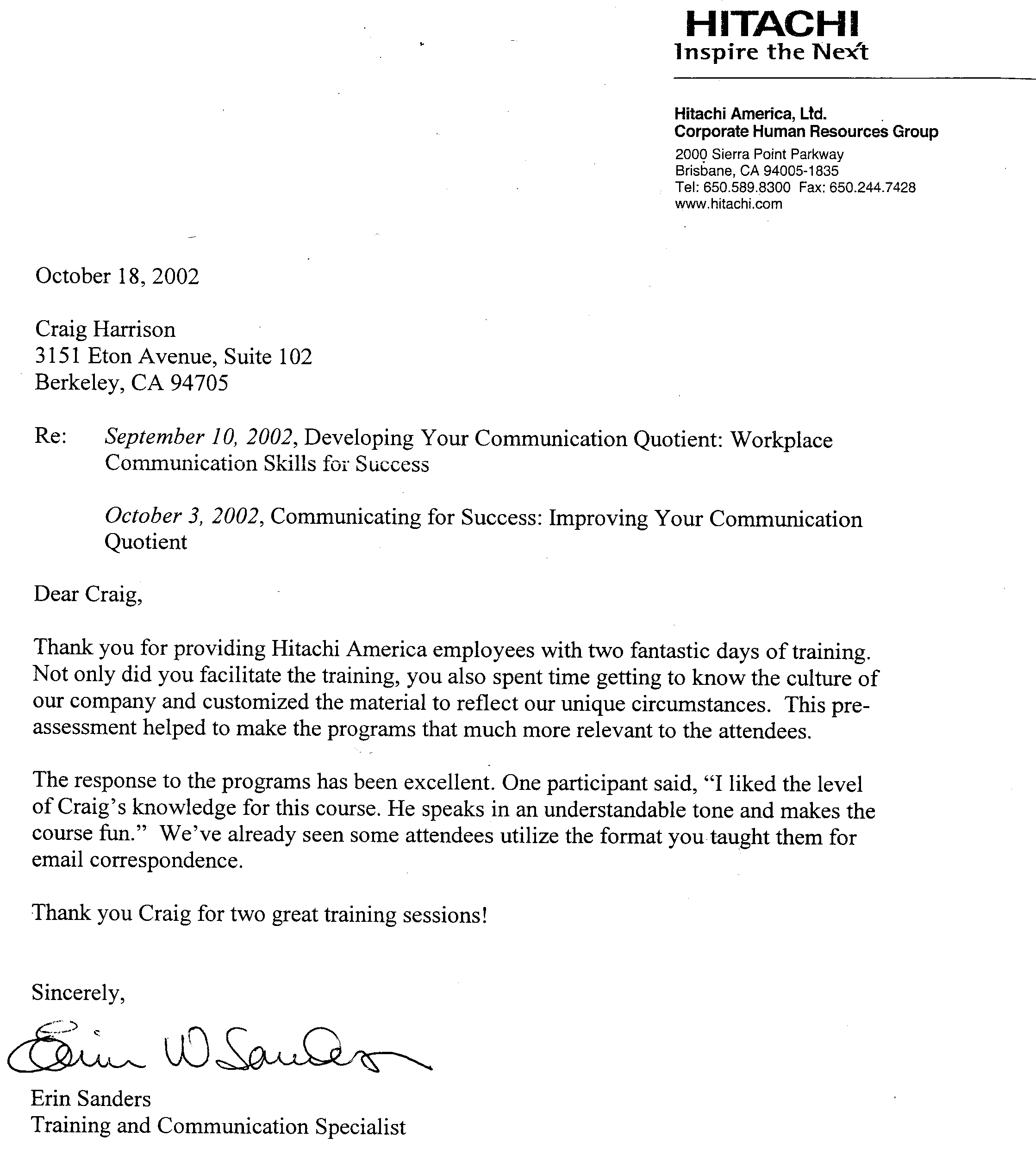How to Write a Haiku Poem - Haiku Examples.
A Haiku is a short Japanese poem used to evoke images. Our Haiku generator lets you choose a few words then it automatically counts the syllables and brings in synonyms where necessary, to help fit the 5-7-5 poetic style. Please keep your input family friendly. Please note: this generator brings in words from an external source, which can.
Students will know the difference between a traditional Japanese Haiku and an English Haiku. Students will be able to demonstrate their understanding of an English Haiku by selecting an image from nature and writing a haiku about the image. Haiku poetry is a great way to get students thinking about nature and how just a few words can capture a single moment in time.

The term haiku is derived from the first element of the word haikai (a humorous form of renga, or linked-verse poem) and the second element of the word hokku (the initial stanza of a renga). The hokku, which set the tone of a renga, had to mention in its three lines such subjects as the season, time of day, and the dominant features of the landscape, making it almost an independent poem. The.

Write your own Haiku Write your own Haiku. A haiku is a traditional Japanese poem. It has 3 lines that follow a syllable pattern of 5-7-5. Most Haiku poems are about one simple thing, since the poet has only 3 lines to work with. Here is an example of Haiku poetry: I did my homework. But my dog ate it last night. I sure love my dog.

To teach kids how to write haiku, an educator should begin by explaining what haiku is, how it is constructed, and share examples of this poetry. how to write a haiku. Explaining Haiku. Haiku is a form of poetry that began in Japan. Haiku uses the senses to describe scenes from nature, and often involves vivid images of trees, plants, seasons, and other elements of the natural world. A haiku.

How to write a Haiku. The 3 requirements for writing a Traditional Haiku. 17 syllables divided into 3 lines of 5-7-5, The meeting of two different but related images or ideas and a seasonal reference. By Hanna Nelimarkka more by Hanna Nelimarkka. Haiku is probably the most well-known form of traditional Japanese poetry. Its short structure and.

Part 2 Writing the HaikuFollow the line and syllable structure of a haiku. Haikus follow a strict form: three lines, with a 5-7-5 syllable structure. Describe the subject with sensory detail. Use concrete images and descriptions. Write the poem in the present tense. End with a surprising last line.

Write a haiku that conveys the moment through images, striving to be true to the traditional rules of the form, especially the compressed, three-line structure. Select your images carefully, paying close attention to what is offered through the proximity of the images, rather than only through the images themselves.

Haiku is a poem of ancient Japanese origin. It contains 17 syllables in 3 lines of 5-7-5. Haiku poems are typically about nature and usually about a specific season. It is easy to feel a sense of perfection when viewing a perfectly formed Haiku.

With this interactive, students can learn about and write haiku, a popular Japanese poem that traditionally has three lines of 5, 7, and 5 syllables. Students begin by brainstorming words for their poem, and then they compose their poem with attention to how many syllables they've written for each line. The final step allows students to customize the design of their poem with one of the.

Sample Nature Haiku. An afternoon breeze expels cold air, along with the fallen brown leaves. Cherry blossoms bloom, softly falling from the tree, explode into night. The warmth on my skin. Fire falls beneath the trees. I see the sun set. Summer here again. Music plays sweetly, drifting. And life is renewed. A winter blanket covers the Earth in.

Haiku poems have a set structure but no need to rhyme which can make it easier for children to write. This is a great activity to help children begin to write poetry without needing to rhyme. Use this worksheet with children to help them generate ideas and then write and perhaps perform their poem. This activity fits in well with the DfE Activity Passport for Year 4.

To write your own haiku trio, follow these guidelines. Choose a syllabic format, such as the traditional five-seven-five. You will repeat this format in each stanza of your haiku trio. Also choose a topic you would like to write about or describe, such as a life experience or an aspect of human nature. If your haiku is to be strictly traditional, choose a nature topic. Split your topic into.


